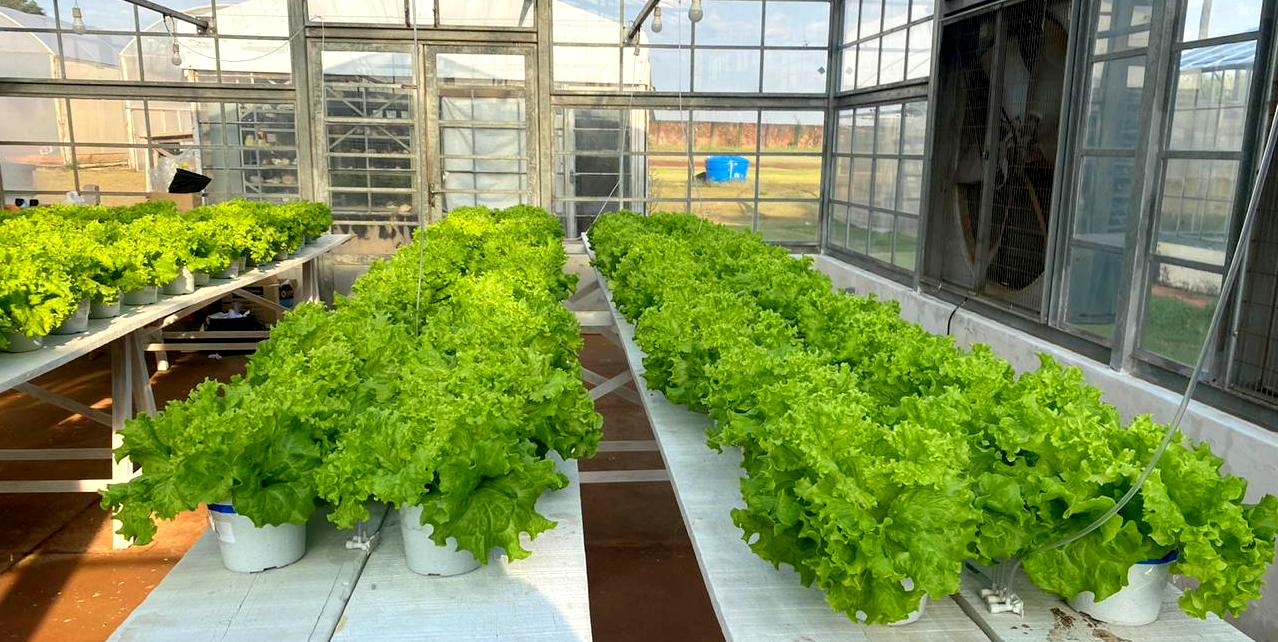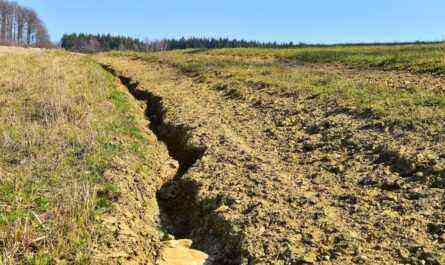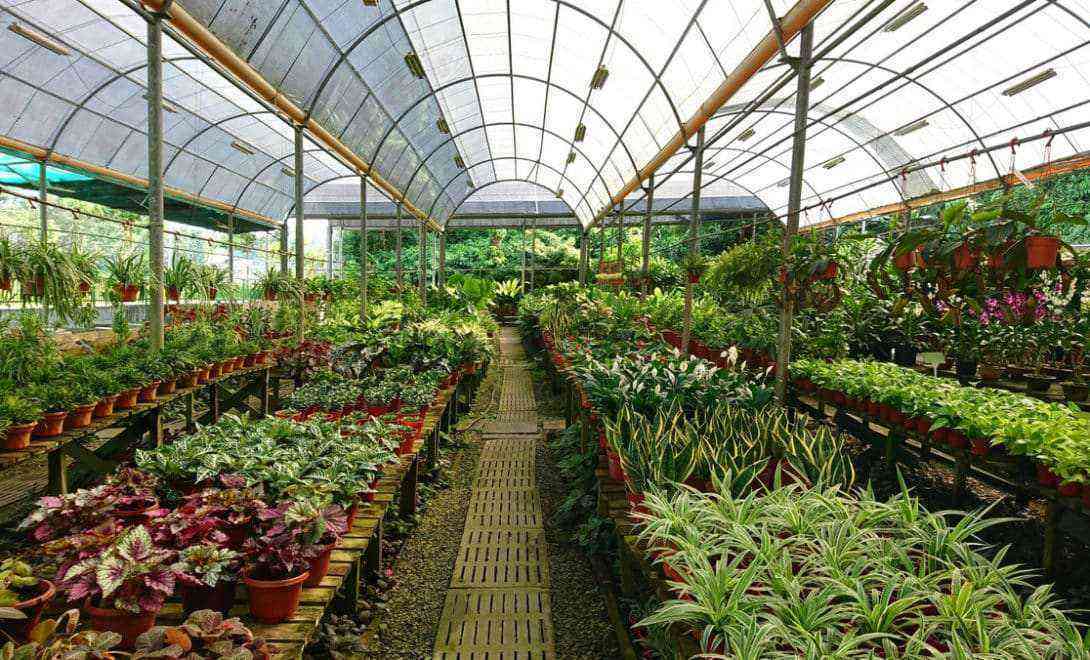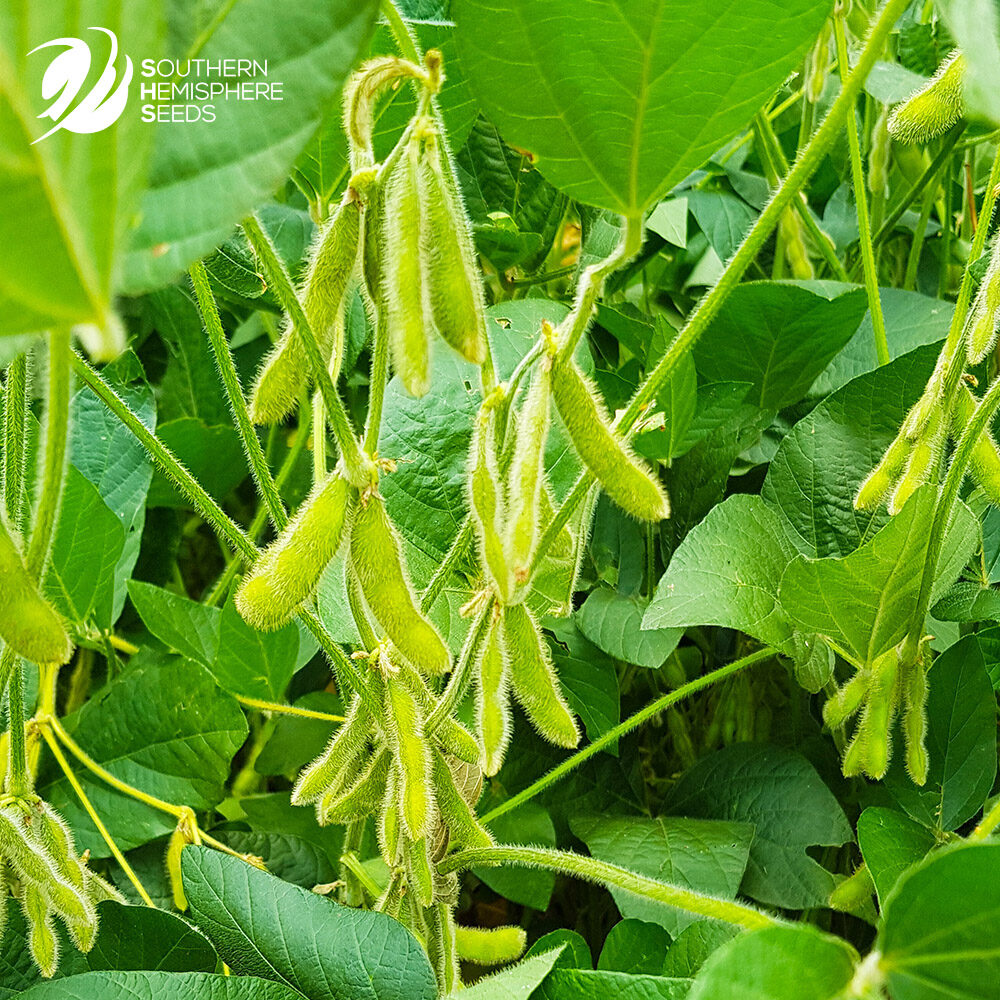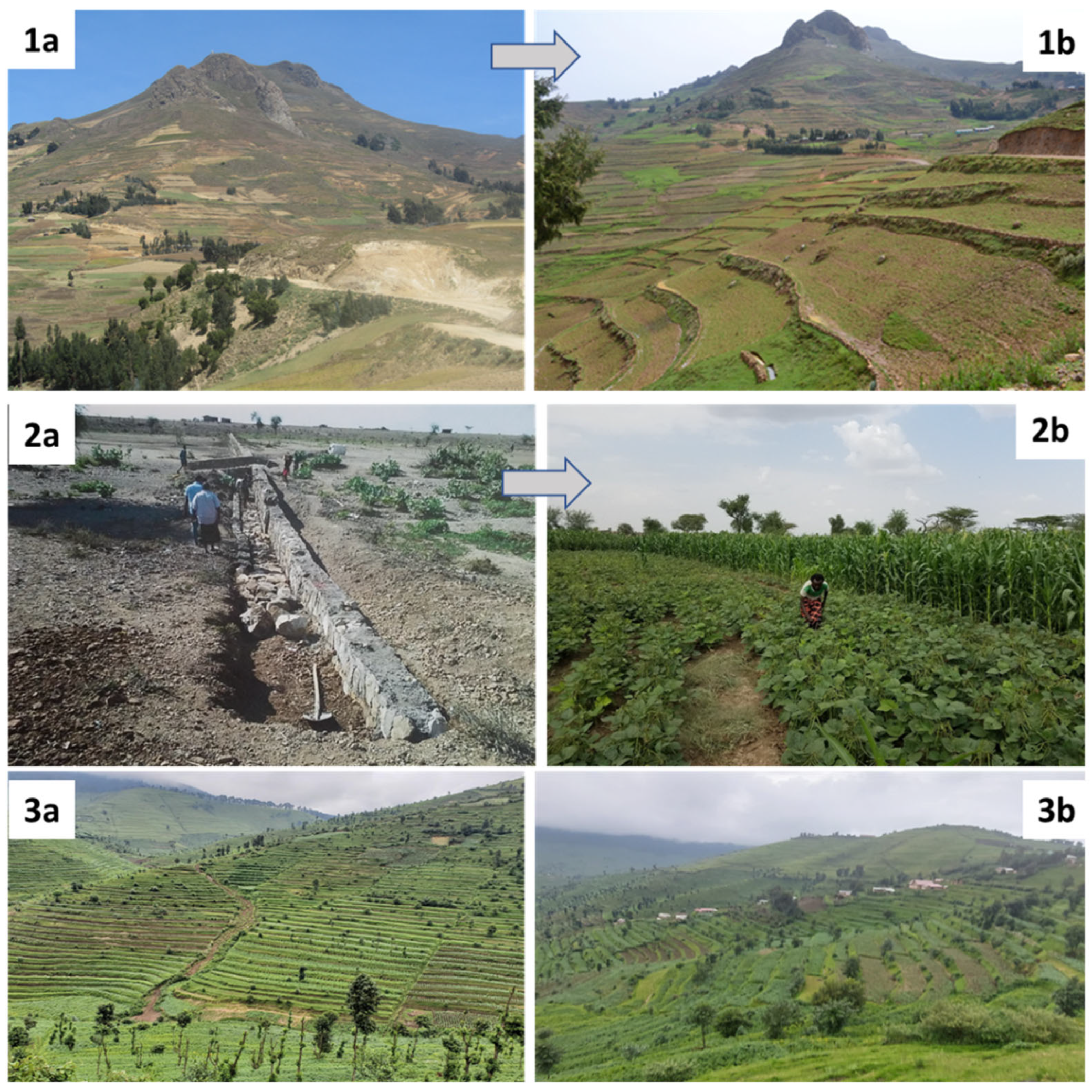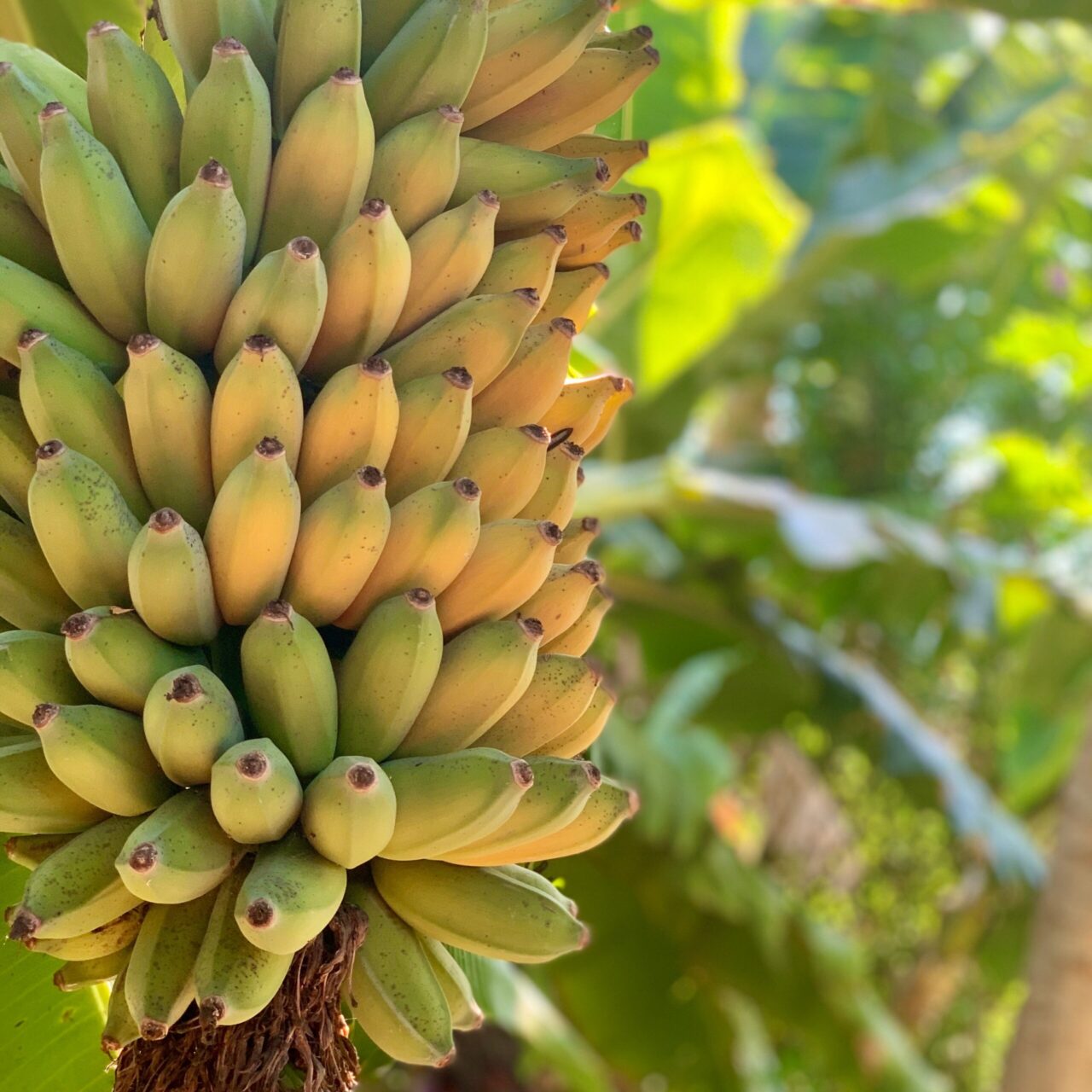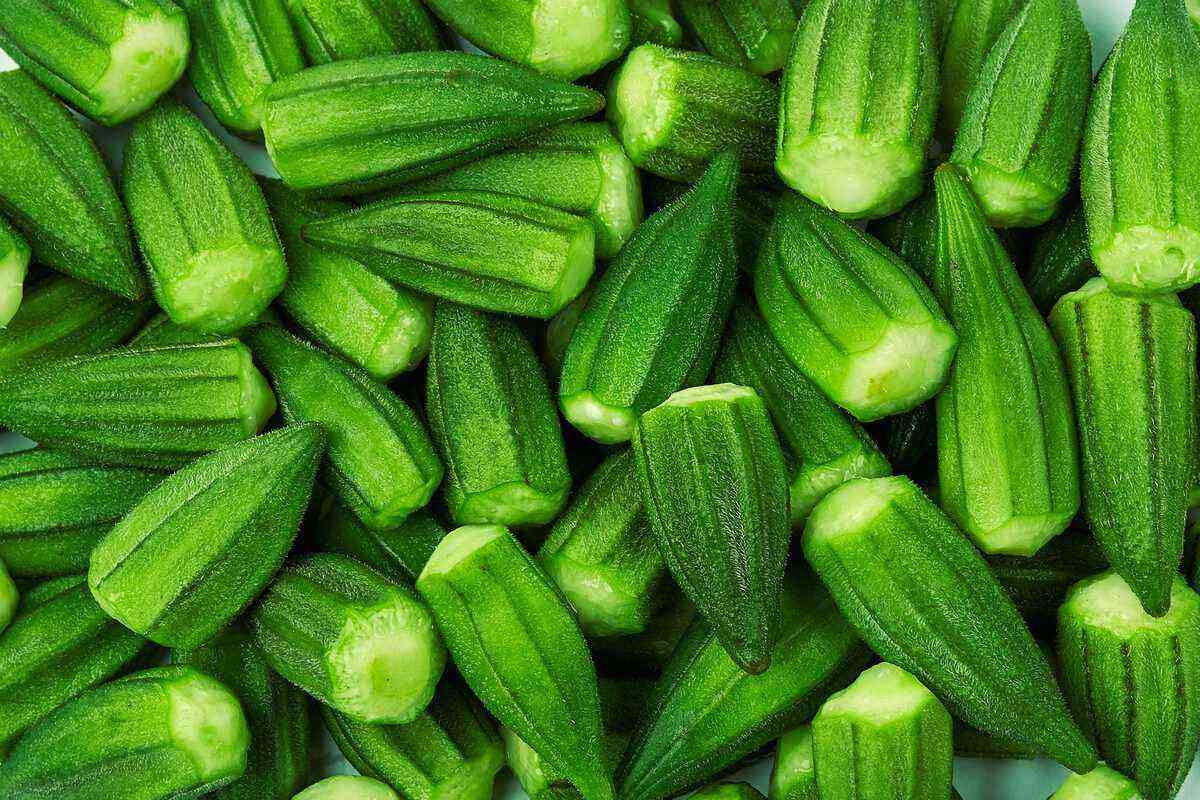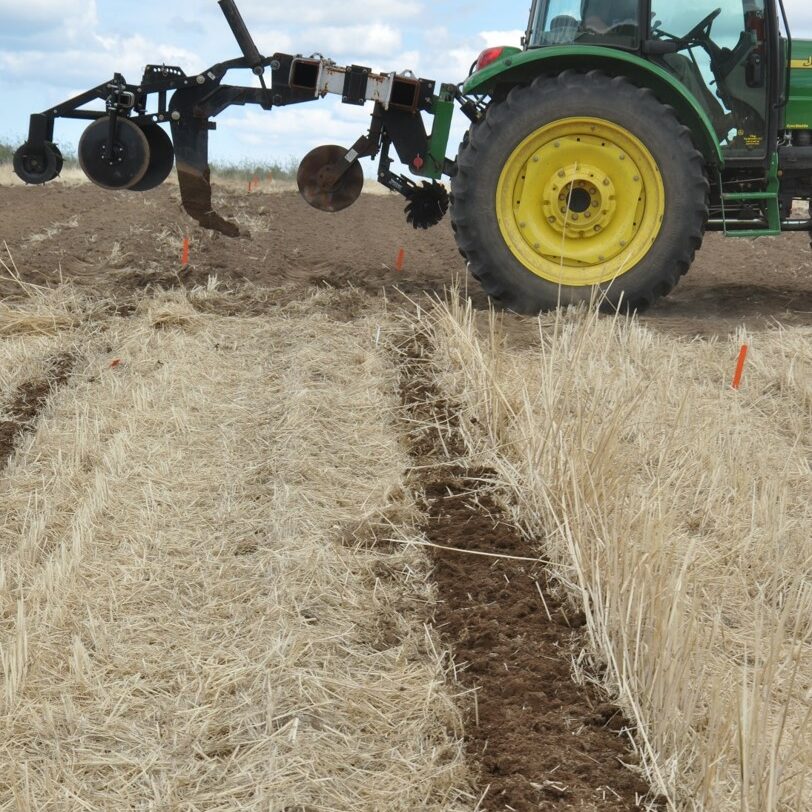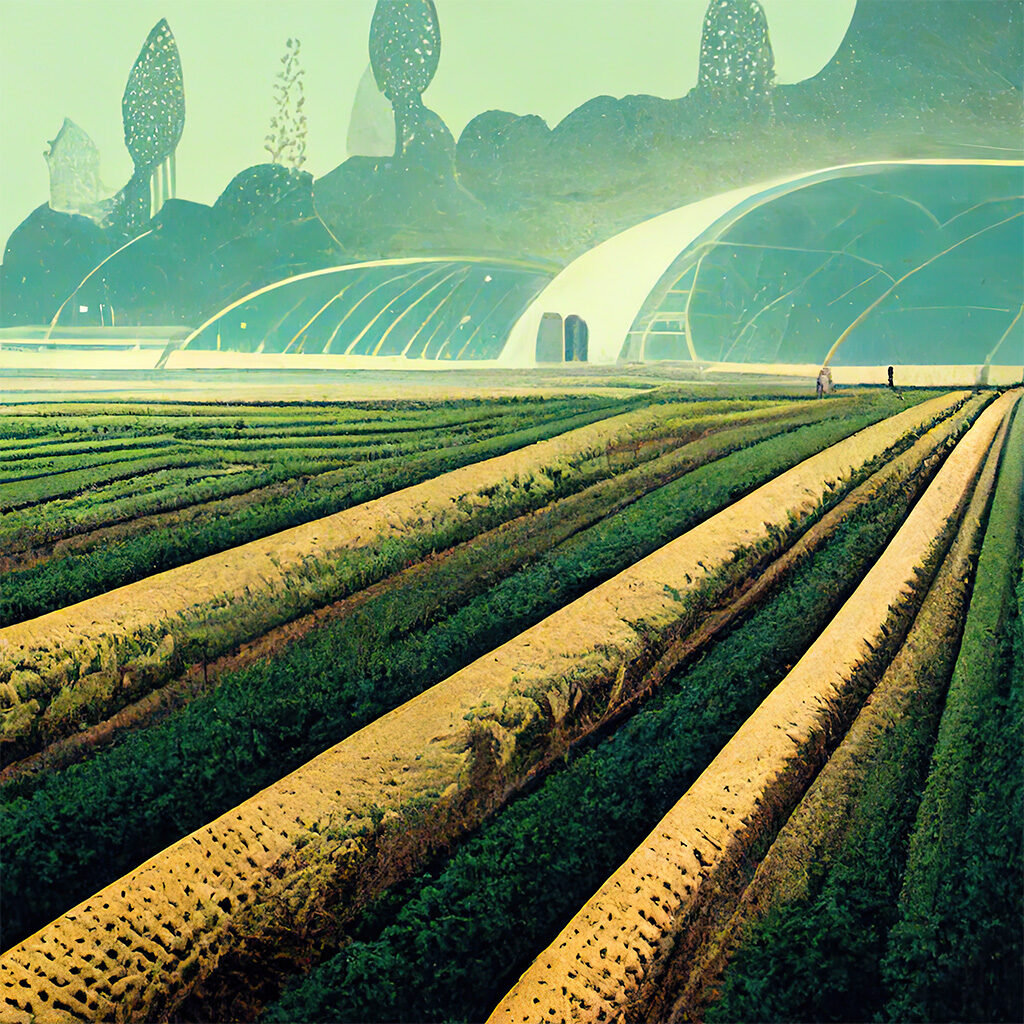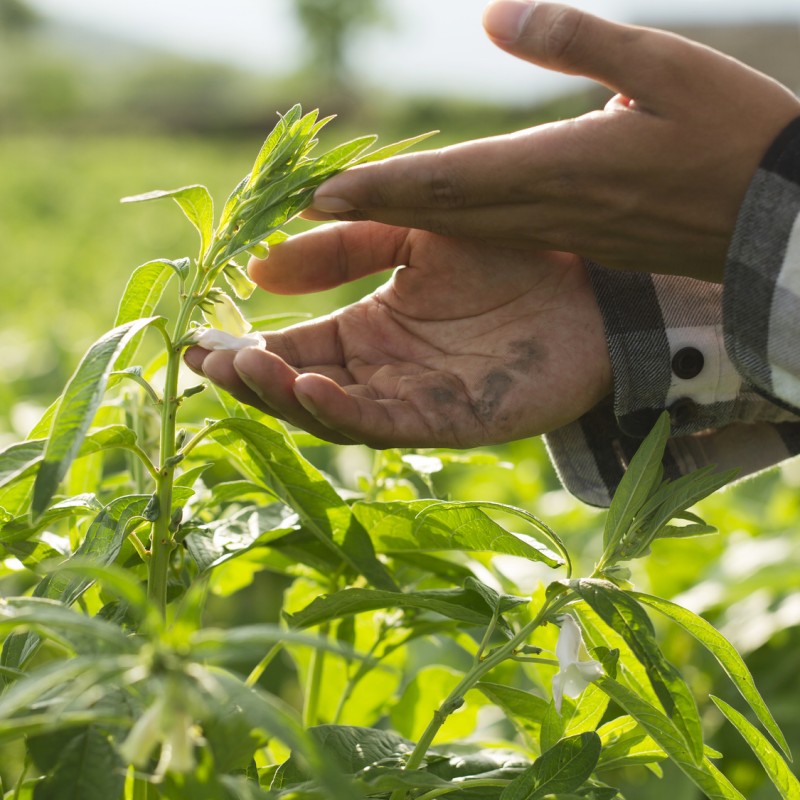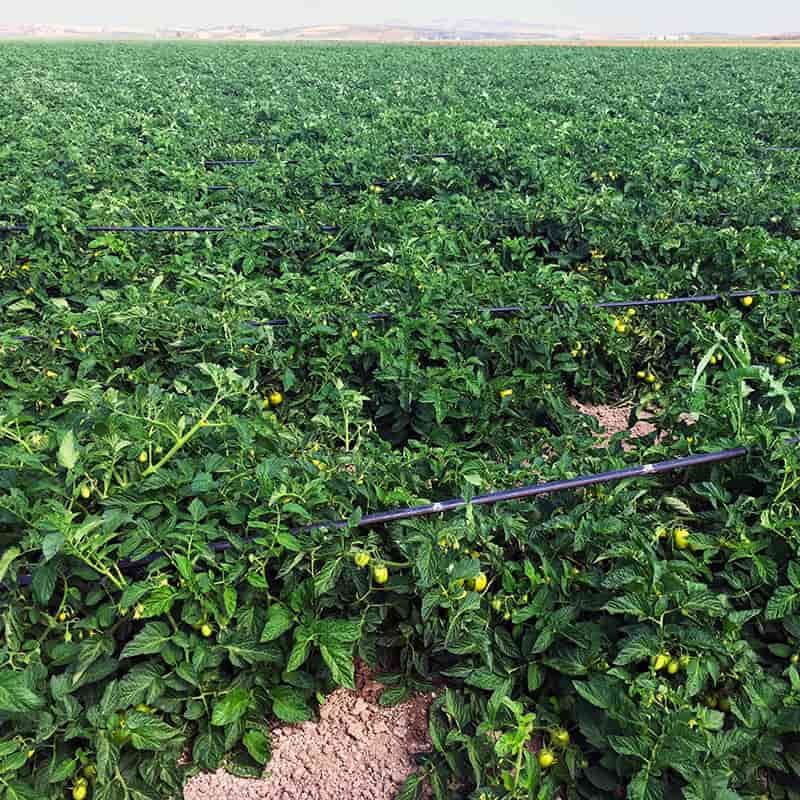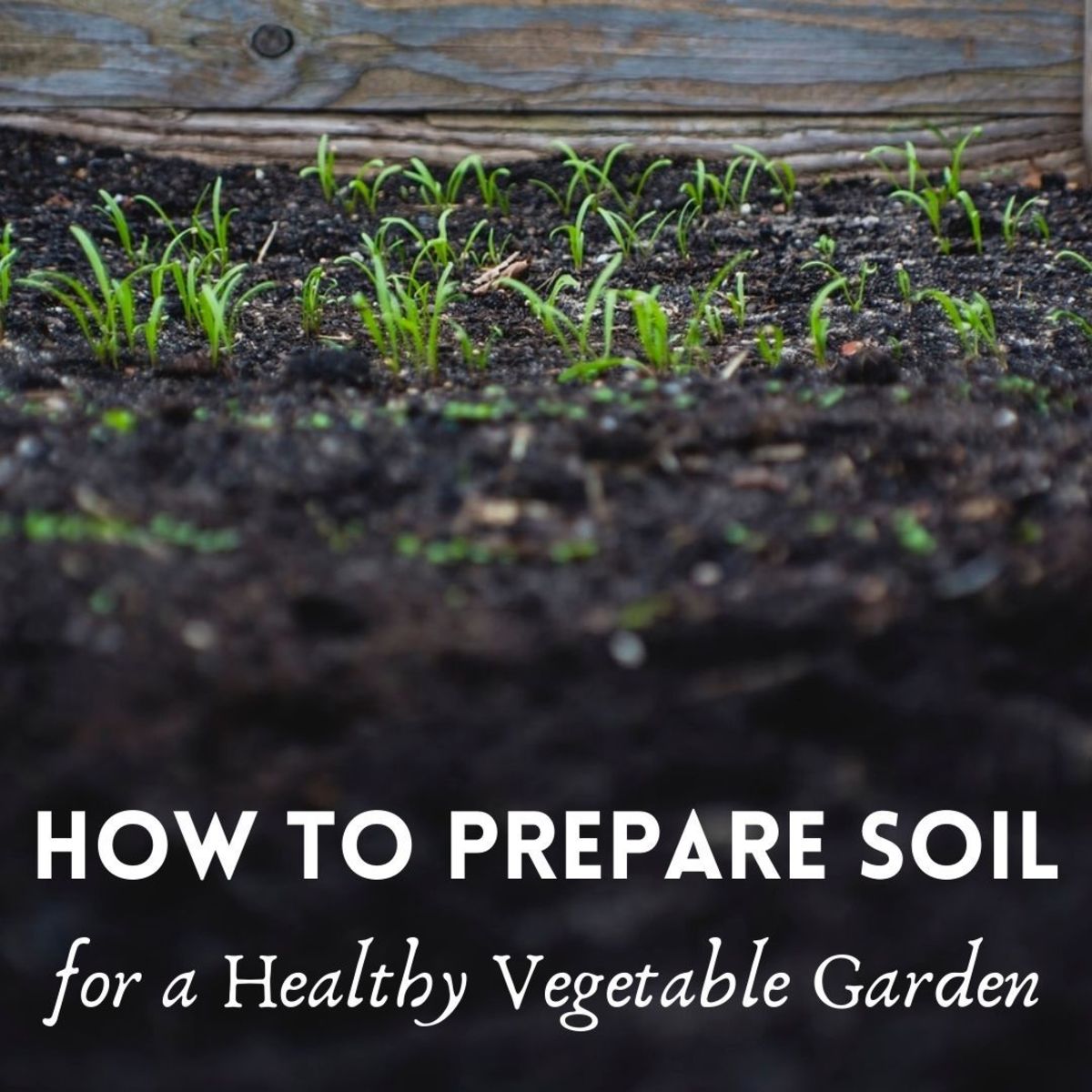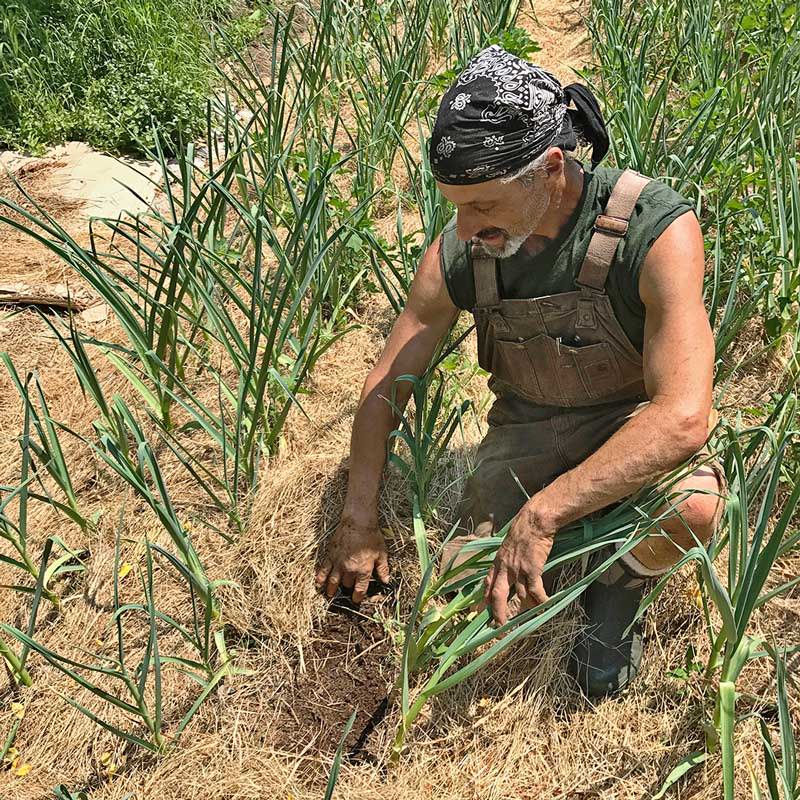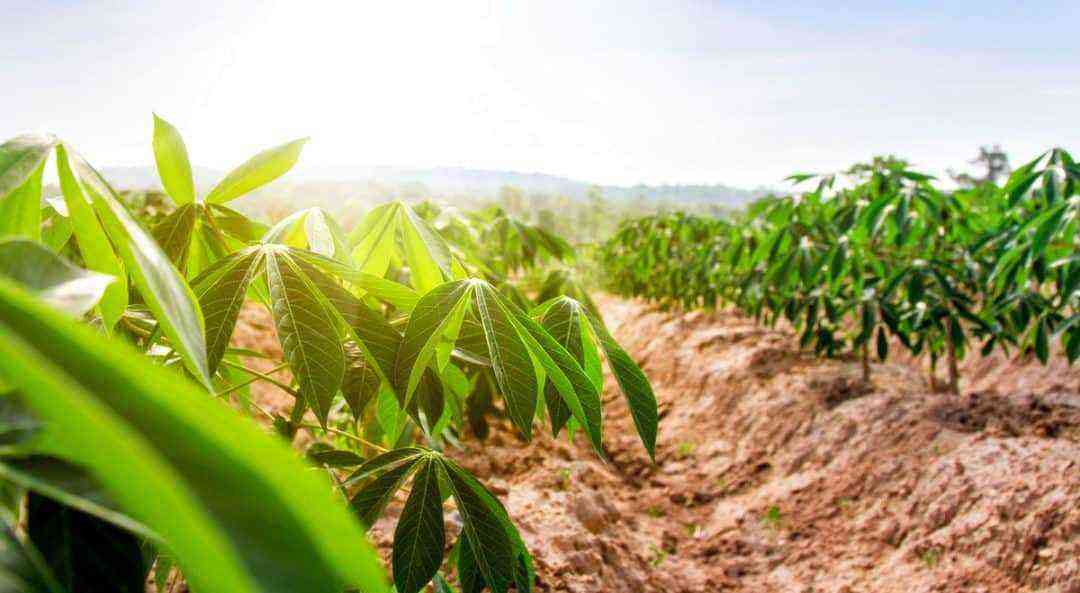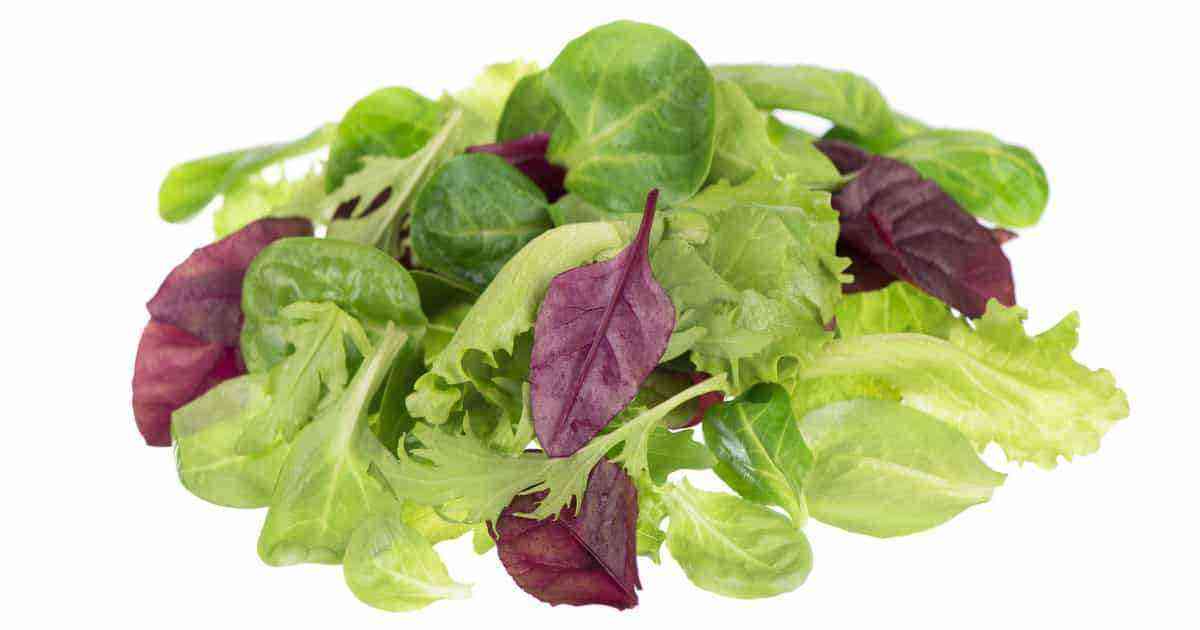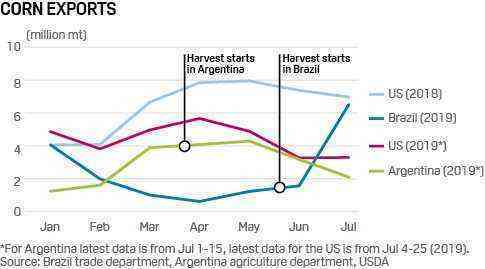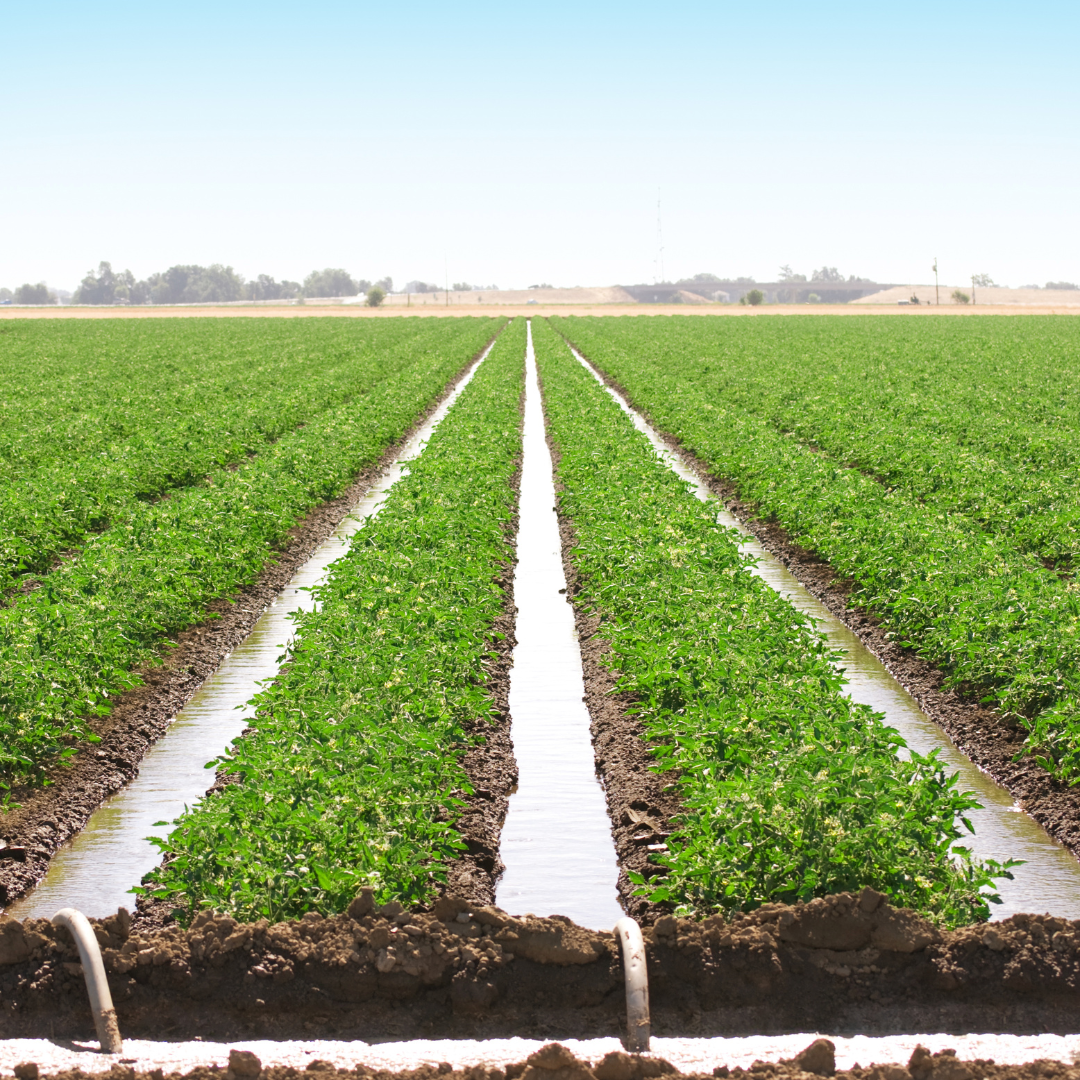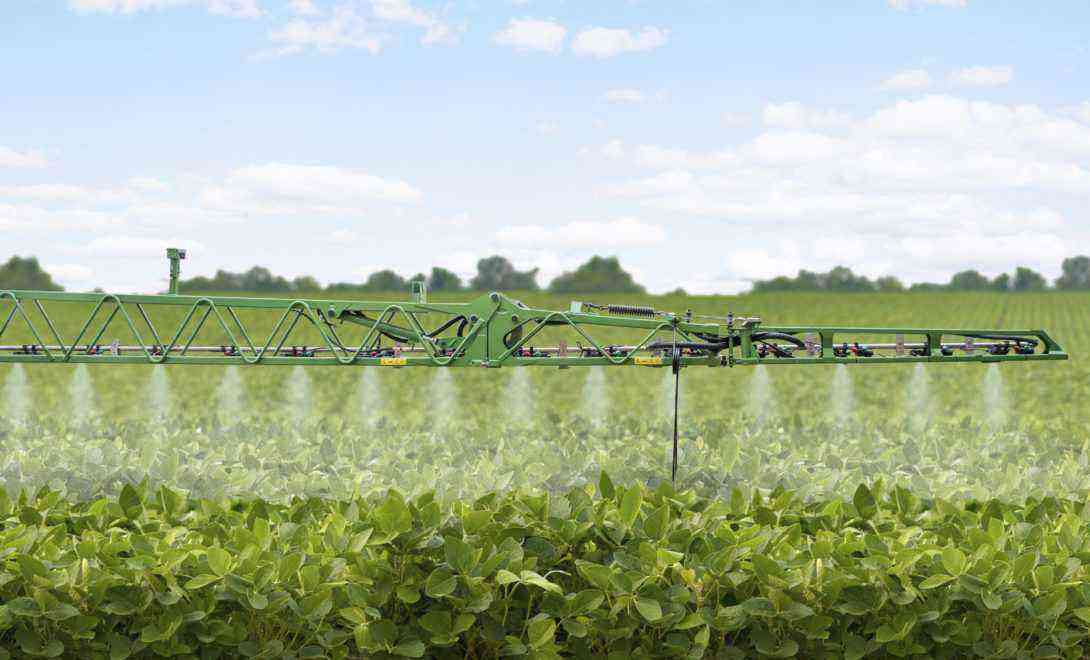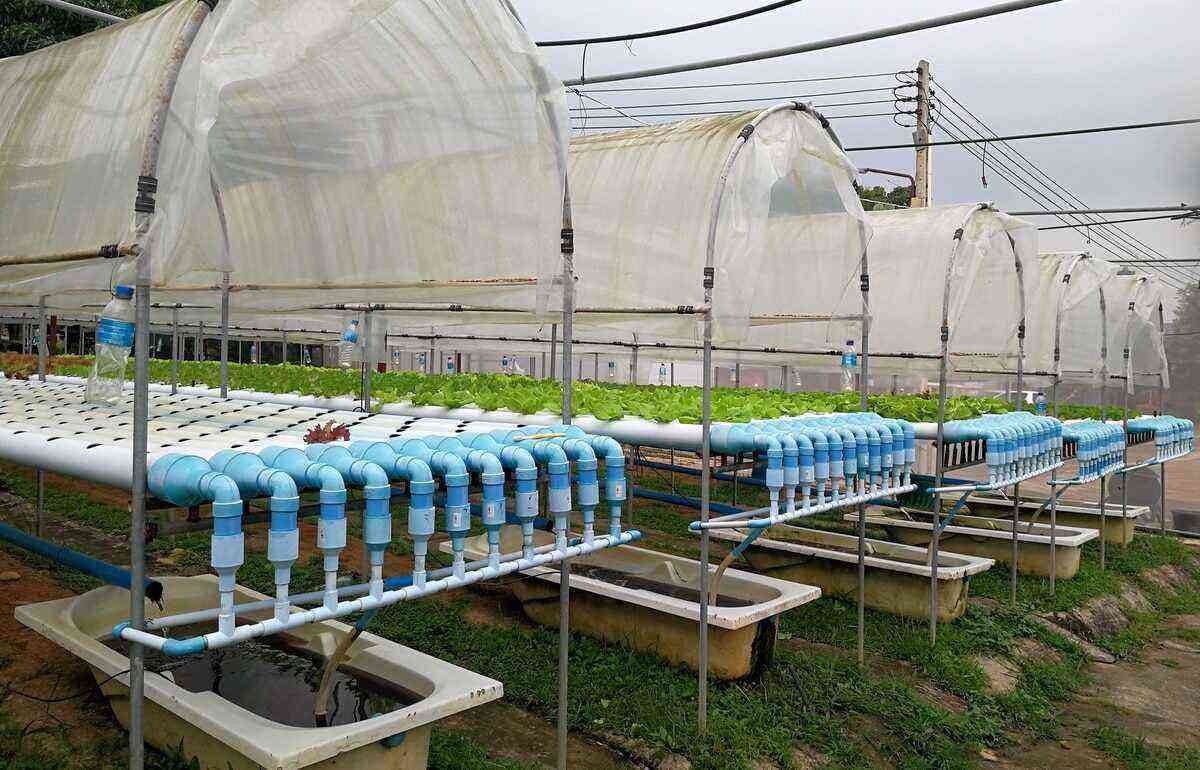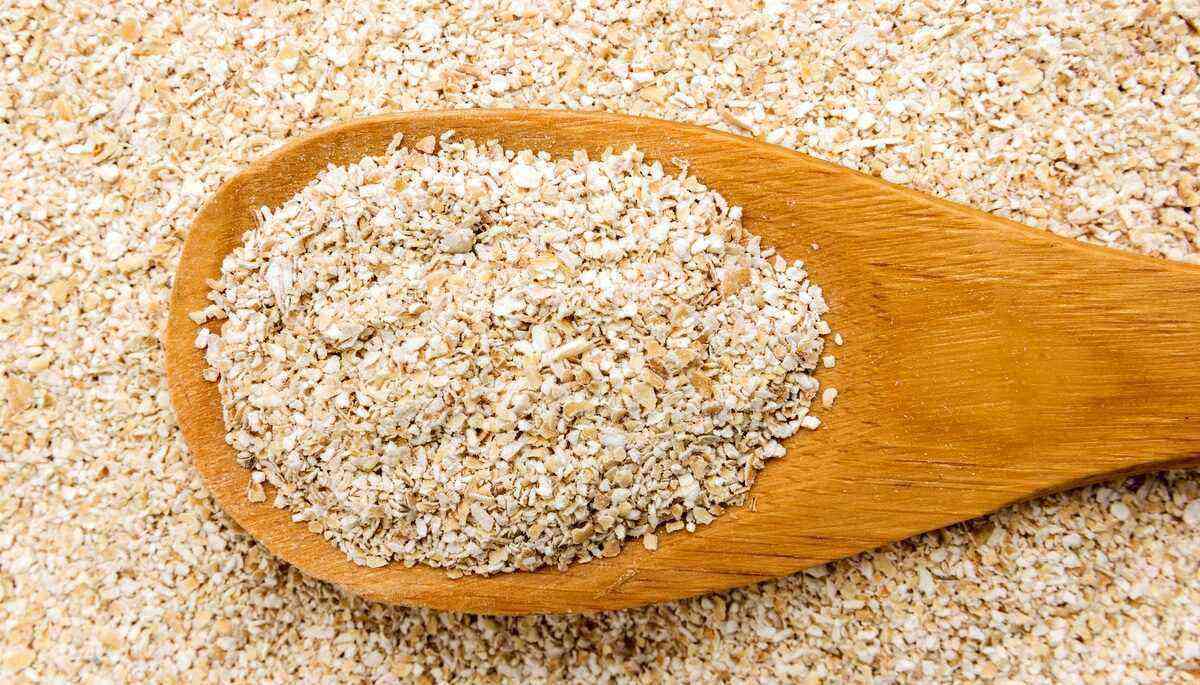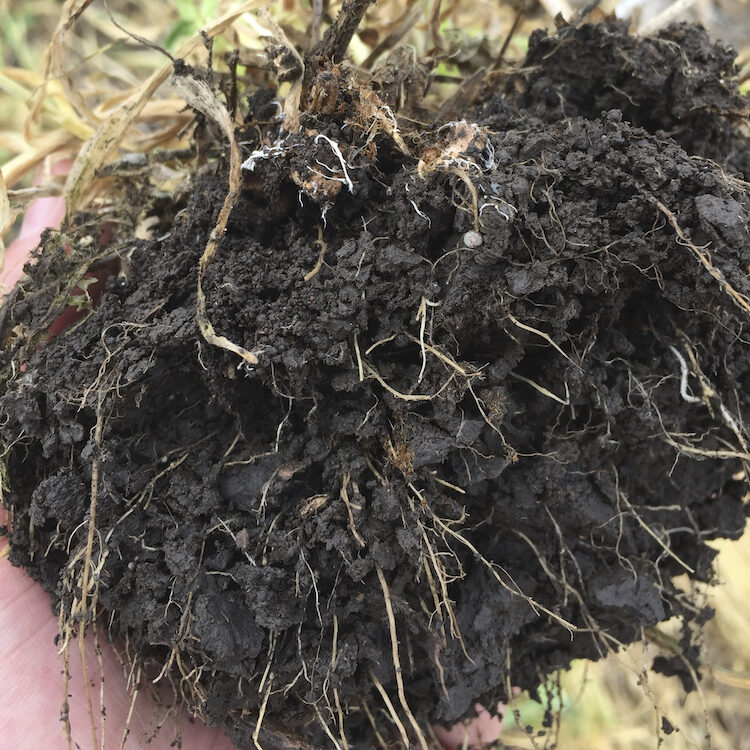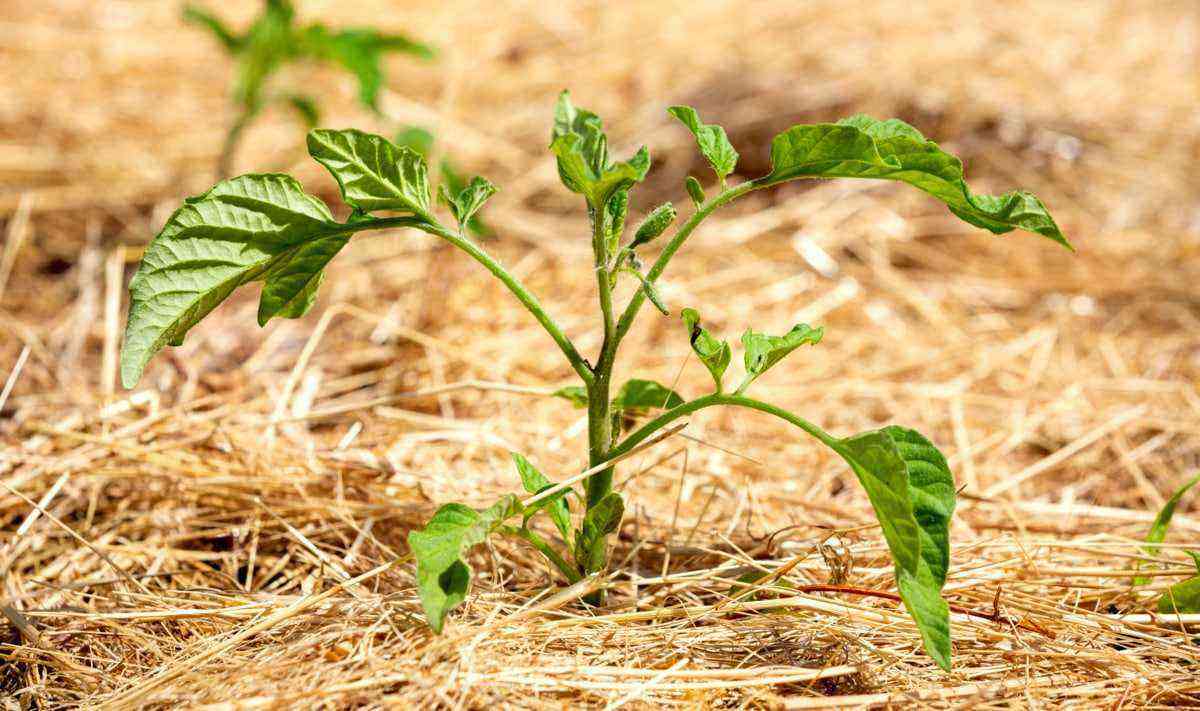Currently, one of the biggest challenges in agriculture is the search for alternatives for a sustainable, ecologically correct and economically viable production.
Cerrado soils are generally characterized by low fertility, acidity and low levels of organic matter. Under these conditions, the application of humic substances can provide numerous benefits in the soil-plant system.
Humic substances can be defined as macromolecules and heterogeneous mixtures, formed by the biodegradation of plant and animal residues.
And they are subdivided into: fulvic acids (soluble in acidic or basic medium), humic acids (soluble in alkaline medium and insoluble in acidic medium) and huminas (insoluble fraction in alkaline and acidic medium), being the main components of soil organic carbon.
What are humic acids?
Humic acids are dark precipitates, soluble in mineral acids and organic solvents. They have a high molecular weight and cation exchange capacity, in addition to a high content of carboxylic acids.
Importance
These substances, in addition to favoring the development of microorganisms present in the soil, act directly on the chemical and physical characteristics of the soil.
They influence parameters such as CEC, pH, aeration, compaction and nutrient availability for plants.
First lettuce pot is without humic acid application and the others in increasing order of humic acid doses. Photos: Marcela Caetano Lopes.
In addition, they favor greater rooting, which facilitates the absorption of nutrients, and can also act to increase the population of diazotrophic bacteria introduced into plants.
Sources of humic acids
Humic acids are present in different organic sources, such as sewage sludge, organic compost, leonardite, peat, coal, and others.
Benefits of humic acids
to the soils
Humic substances are important soil conditioners. They are responsible for the dark pigmentation of the soil, also acting on the complexation of metals, increasing the cation exchange capacity, supplying nutrients and retaining moisture.
to vegetables
The most notable benefits in vegetables are associated with the roots, promoting a positive effect on growth, either by increasing lateral branches or by increasing biomass.
See the difference between the roots of the first pot (without humic acid) and the roots of the pot on the right, with the highest dose of humic acid.
This is because humic acids stimulate the synthesis of auxin (root hormone), or act similarly to it in an effect known as “auxin like”, as it results in the expansion and elongation of cells, promoting root growth, better fixation of the plant in the soil, for absorption of water and nutrients, in addition to hormone synthesis.
Research carried out
Work conducted by Jannin et al. (2012) showed that the use of humic acid could double the amounts of N, P, K, Ca, Mg and S absorbed by Brassica napus.
In a study with humic acid originating from worm humus based on swine manure, it was shown that the application of a dose of 500 mg kg-1 of substrate increased shoot dry mass by 43,4% and tomato root dry mass by 79,3% (Atiyeh et al., 2002).
Hydroponic system with tests of different doses and sources of humic acids.
In a study conducted by García et al. (2012), it was observed that the application of humic acid increased the protection against oxidative stress and the plants showed higher growth rates and water content. In addition, membrane permeability was less affected by stress.
In coffee seedlings conilon, Gomes; Thomazini (2010), working with applications of humic acids from Leonardita, observed a much more pronounced root system and with a greater number of radicells, compared to seedlings formed without the presence of humic acids.
No video below, check out how humic acids help to increase productivity, that is, from proper management with technologies and solutions that stimulate soil balance:
Source: Fabélia Oliveira.
- Saulo Strazeio Cardoso – Master in Agronomy (Soil Science) and Doctor in Agronomy (Vegetable Production) from UNESP/Jaboticabal.
- Marcela Caetano Lopes – Biologist and PhD student in agronomy – FCA/UNESP – Botucatu/SP.


